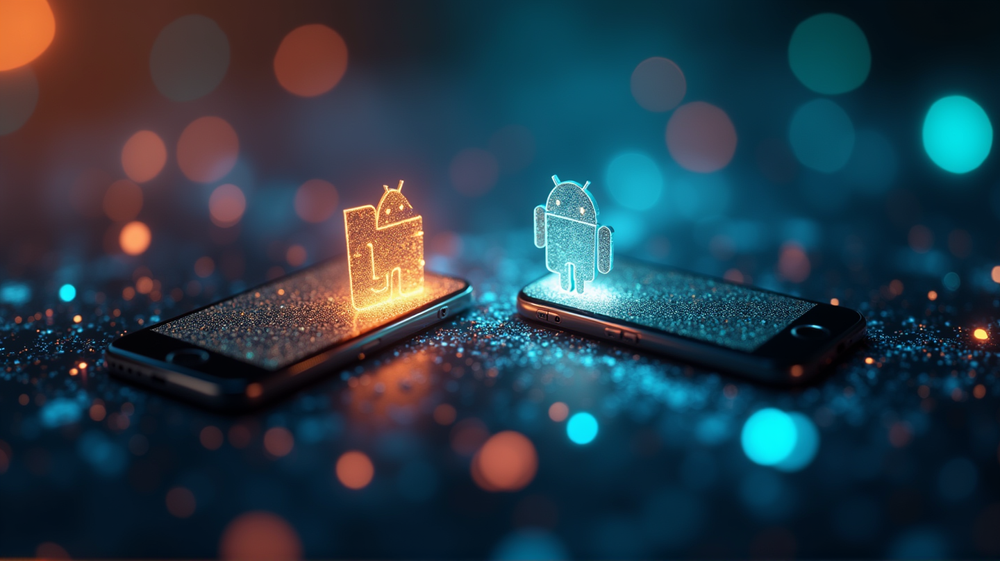The longstanding divide between iPhones and Android devices is narrowing, thanks to Google’s groundbreaking update that facilitates seamless file sharing across these platforms. This week marks the dawn of a new era, with smooth exchanges of files and photos now reality for iPhone and Android users alike.
A New Era of Compatibility
Previously, AirDrop and Quick Share were confined to their respective ecosystems – iPhone and Android. However, this week Google has unlocked a new world by enabling communication between these two features. Now, Pixel 10 owners can share files with iPhone users in an unprecedented move that enhances device compatibility. According to Business Insider, this update is a significant leap towards greater interoperability.
A Collaborative Future
This development arrives on the heels of significant marketing efforts by Google to encourage Apple to adopt the RCS communication standard, enhancing text exchanges between the two systems. Although the infamous green bubble issue persists, this is a step forward in bridging the gap. The new feature requires Apple device users to adjust settings for wider discoverability, enabling visibility in Pixel 10’s Quick Share options and leading to straightforward file transfers.
Security-Focused Solution
Importantly, Google’s update is built with a robust security framework. The sharing mechanism is direct and peer-to-peer, meaning no servers are involved, ensuring privacy. Shared content remains confidential, and there’s no logging of transferred data. Google’s commitment to security is evident in the design choices made for this capability.
Expansion on the Horizon
Google also hinted at plans to extend this feature to additional Android devices beyond the current Pixel 10 series. This move suggests a promising future where cross-platform compatibility continues to improve, offering users a more unified mobile experience.
In an age where cross-platform functionality is increasingly valued, this update represents a major milestone in bridging the gap between two of the world’s leading smartphone systems. The landscape of smartphone interactions has begun to evolve, paving the way for more collaborative innovations ahead.













